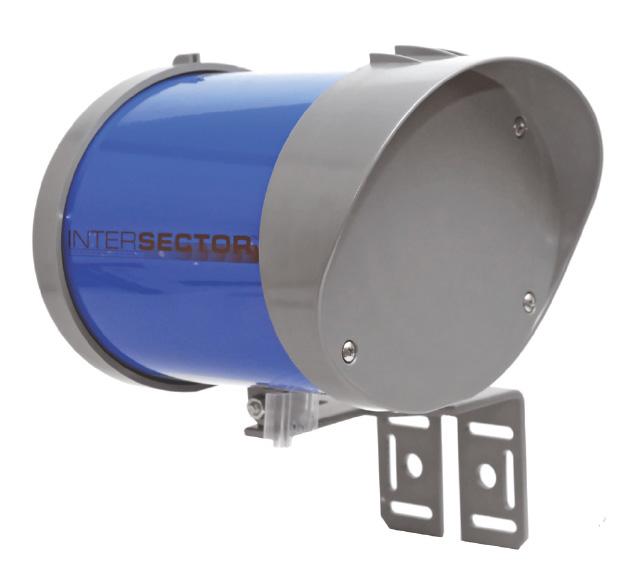- News
- Reviews
- Bikes
- Accessories
- Accessories - misc
- Computer mounts
- Bags
- Bar ends
- Bike bags & cases
- Bottle cages
- Bottles
- Cameras
- Car racks
- Child seats
- Computers
- Glasses
- GPS units
- Helmets
- Lights - front
- Lights - rear
- Lights - sets
- Locks
- Mirrors
- Mudguards
- Racks
- Pumps & CO2 inflators
- Puncture kits
- Reflectives
- Smart watches
- Stands and racks
- Trailers
- Clothing
- Components
- Bar tape & grips
- Bottom brackets
- Brake & gear cables
- Brake & STI levers
- Brake pads & spares
- Brakes
- Cassettes & freewheels
- Chains
- Chainsets & chainrings
- Derailleurs - front
- Derailleurs - rear
- Forks
- Gear levers & shifters
- Groupsets
- Handlebars & extensions
- Headsets
- Hubs
- Inner tubes
- Pedals
- Quick releases & skewers
- Saddles
- Seatposts
- Stems
- Wheels
- Tyres
- Health, fitness and nutrition
- Tools and workshop
- Miscellaneous
- Tubeless valves
- Buyers Guides
- Features
- Forum
- Recommends
- Podcast
news
 intersector.jpg
intersector.jpgNew traffic sensor gives extra time to cyclists
Ever stopped at the lights and sat there for ages because your carbon bike didn't trigger the detection loop? The systems that are used to detect traffic at intersections are generally designed to see cars, which can leave other users short changed. But one city in the US has been trialling a new system that not only sees cyclists, but can distinguish them and adjust the light sequence to give them time to cross busy intersections.
The Intersector uses microwave-band radiation instead of induction loops or cameras, and the system has a number of advantages. Vehicle detection isn't affected by weather or road glare which can blind standard cameras, or road wear which can damage surface mounted loops. The Intersector is capable of detecting vehicles in up to 8 zones and importantly for two-wheeled users can detect and classify bikes separately, and adjust traffic controls accordingly.
The city of Pleasanton in California has been trialling the technology since January last year and now has sensors at seven key intersections, with plans to add four more, at a cost of about $4,000-$5,000 each. The system extends green lights to allow cyclists to cross big intersections safely. Cyclists stopped at red are allocated 14 seconds of green light time to pass through, whereas vehicles held at the same red signal get four seconds. If the traffic light is green when a bike comes through, the cyclist gets five extra sections to clear the junction.
The technology has been welcomed by the local cycling community. "It's nice to feel acknowledged and recognized," Jim Ott, a Pleasanton resident and cyclist, told the Mercury News. "Before [the light] didn't give as much time, so you had to cycle harder to make it. You also didn't want to get caught in the middle. And, if the light didn't trigger, you were a sitting duck for folks to bump into."
The system is being used in part because of a law passed in California in 2008, which requires authorities to use systems that can distinguish cycles and motorbikes when they're replacing traffic-actuated signals. But the Pleasanton trial has gone beyond that, with the Intersector systems being used in conjunction with traditional cameras and loops to get the clearest possible picture of road conditions.
Dave is a founding father of road.cc, having previously worked on Cycling Plus and What Mountain Bike magazines back in the day. He also writes about e-bikes for our sister publication ebiketips. He's won three mountain bike bog snorkelling World Championships, and races at the back of the third cats.
Latest Comments
- andystow 15 min 11 sec ago
This is the bike I used for my LEJoG last year. After that, it deserved a treat: new powder coat and new wheels after the Hunt wheels cracked at...
- jakker 2 hours 37 min ago
Nope and nope....
- ktache 3 hours 22 min ago
The size of milk collection tankers...
- Rendel Harris 6 hours 17 min ago
You did. But you also said "don't do things just because 'real cyclists' do them" which implies, well it doesn't so much as imply as much as state,...
- Cycle Happy 6 hours 40 min ago
I have the same light with the small Bluetooth remote to quickly switch modes. Overall, it's fantastic. My main gripe with it is when it reaches...
- Secret_squirrel 6 hours 41 min ago
Because the price points are so wide between 105 and DA.
- HalfDanHalfBiscuit 6 hours 54 min ago
"blend in by day, stand out at night" I don't really want to blend in by day.
- No Reply 7 hours 30 min ago
That's irrelevant. Why should the customer be forced to pay for all the sports that they dont watch? Why have to pay for football when I don't want...
- chrisonabike 8 hours 36 min ago
A tragedy - sounds like one of those robotaxis though, are they allowed here? https://www.bbc.co.uk/news/articles/ce3le1z892vo
- Rich_M 8 hours 37 min ago
Great, thanks for your reply - much appreciated!
Add new comment
2 comments
Microwaves? Same as what you cook with? That should keep you warm waiting for the lights to change on a really cold day too ;~P
a couple of neodymium magnets attached to the bottom bracket should trigger induction loop lights